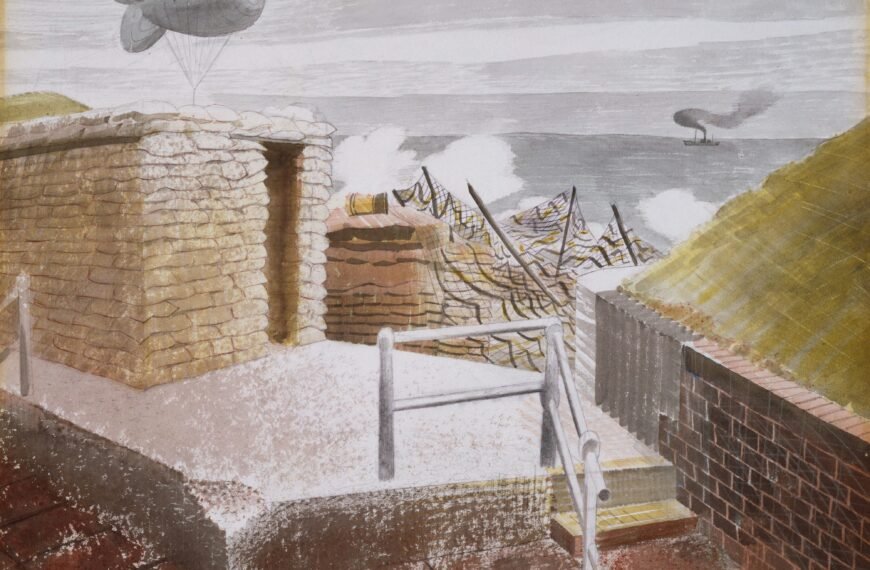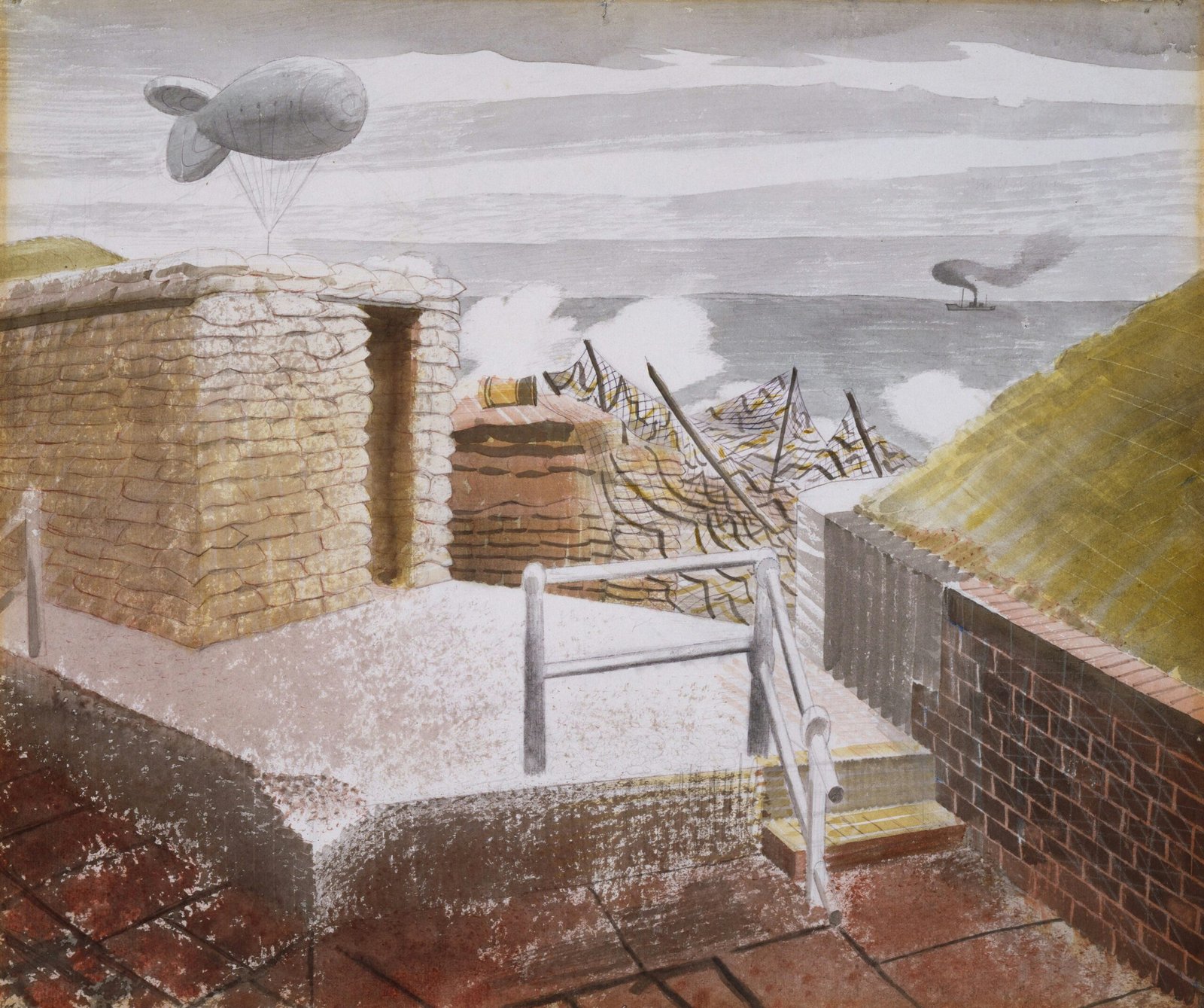The Resurgence of Indigo in South Carolina’s Lowcountry
Curious to learn about the exciting revival of indigo in South Carolina’s Lowcountry? The vibrant history, the dedicated individuals behind the movement, and the unique techniques used with indigo await you in this article.
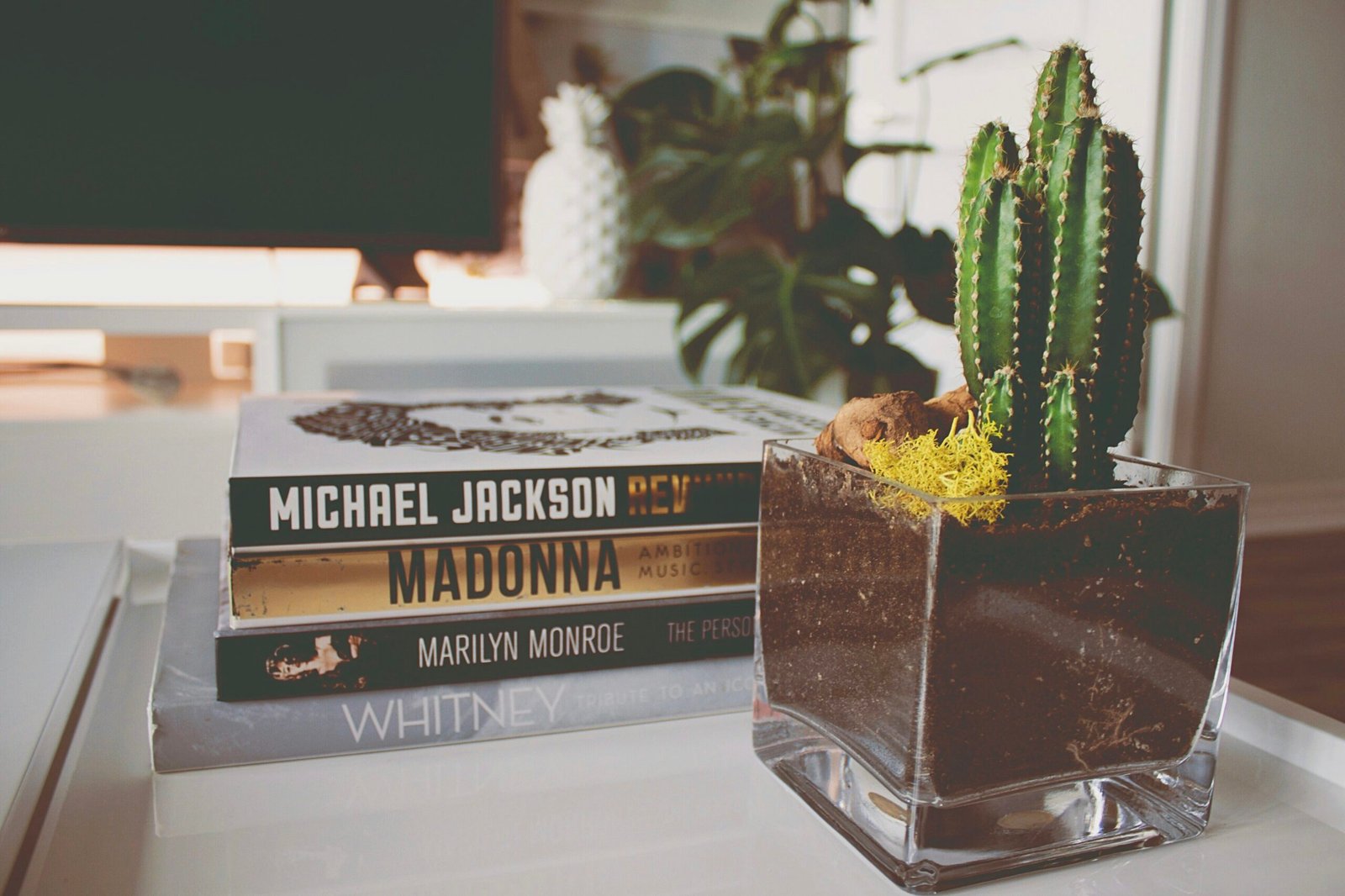
Embracing Tradition: The Rebirth of Indigo Cultivation
Imagine walking through lush fields of indigo plants swaying in the breeze, their deep blue hues glistening in the sunlight. This picturesque scene is no longer a thing of the past in South Carolina’s Lowcountry. A passionate group of artists, farmers, and designers have come together to revive the cultivation of indigo for its prized color-producing properties. This revival is not just about growing a plant; it’s about reviving a rich cultural heritage deeply intertwined with the history of the region.
A Historical Perspective: Indigo in 18th-Century South Carolina
In the 18th century, indigo was a major export commodity in South Carolina, contributing significantly to the local economy. However, this lucrative industry was built on the backs of enslaved labor. The history of indigo cultivation in the region is therefore a complex one, marked by the exploitation of enslaved Africans who were forced to toil in indigo plantations. As we revisit this history, it becomes essential to acknowledge and honor the contributions of enslaved individuals to the indigo industry.
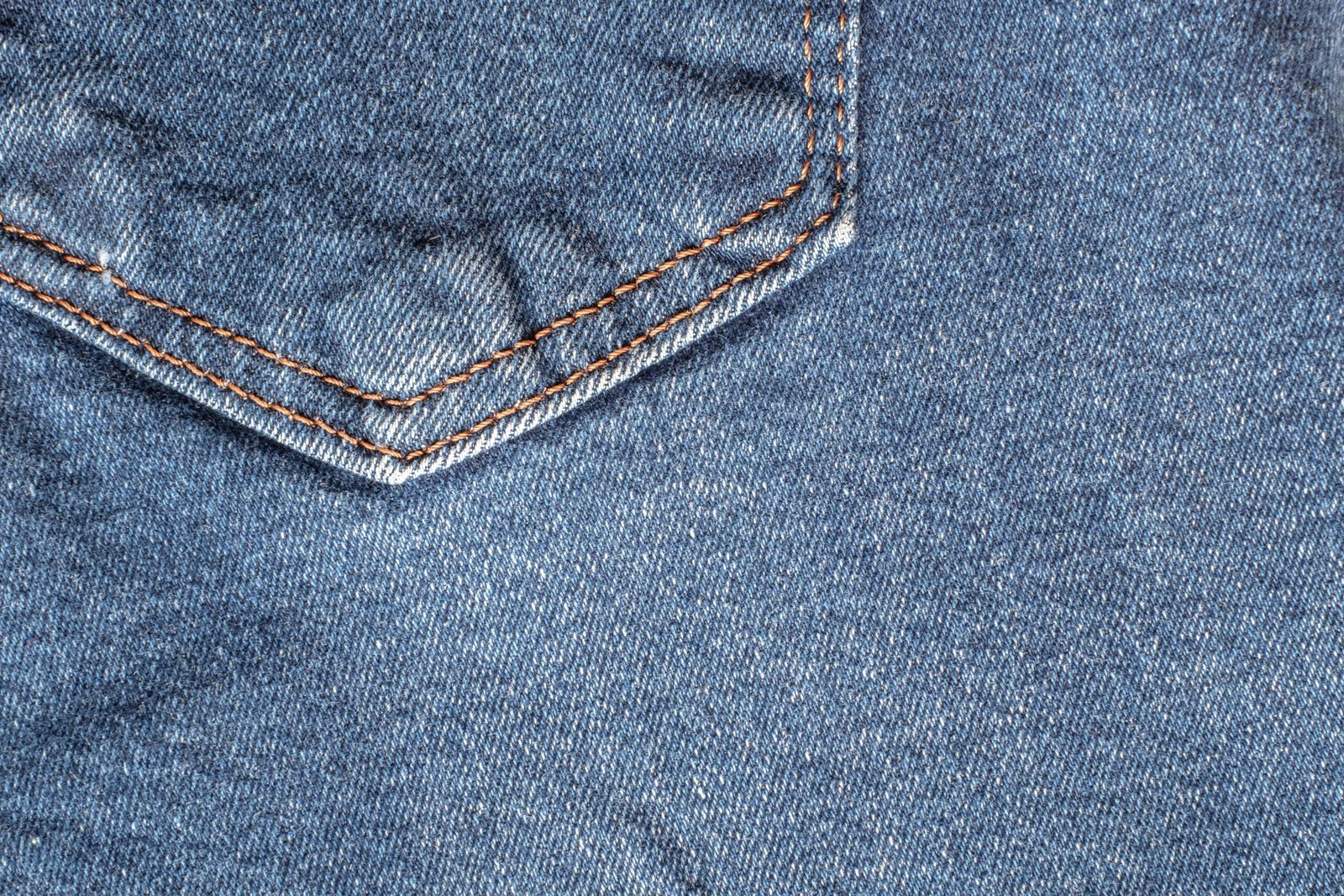
Aligning with Nature: The Rise of Plant-Based Dyes in Fashion
The resurgence of indigo in South Carolina is part of a broader trend in the fashion industry towards sustainability and eco-conscious practices. Designers and consumers alike are increasingly turning to plant-based dyes as a more environmentally friendly alternative to synthetic dyes. Indigo, with its natural origins and biodegradable properties, perfectly aligns with this shift towards more sustainable fashion choices. By embracing indigo, we not only honor the past but also create a more sustainable future for the fashion industry.
Artistic Expression: Techniques with Indigo
Indigo is not just a dye; it’s a medium for artistic expression. Artists working with indigo employ a variety of unique techniques to create stunning designs and patterns. From the ancient art of batiking to modern resist techniques, the possibilities with indigo are endless. Each artist brings their own creativity and innovation to the process, resulting in one-of-a-kind pieces that showcase the versatility and beauty of indigo dyeing.
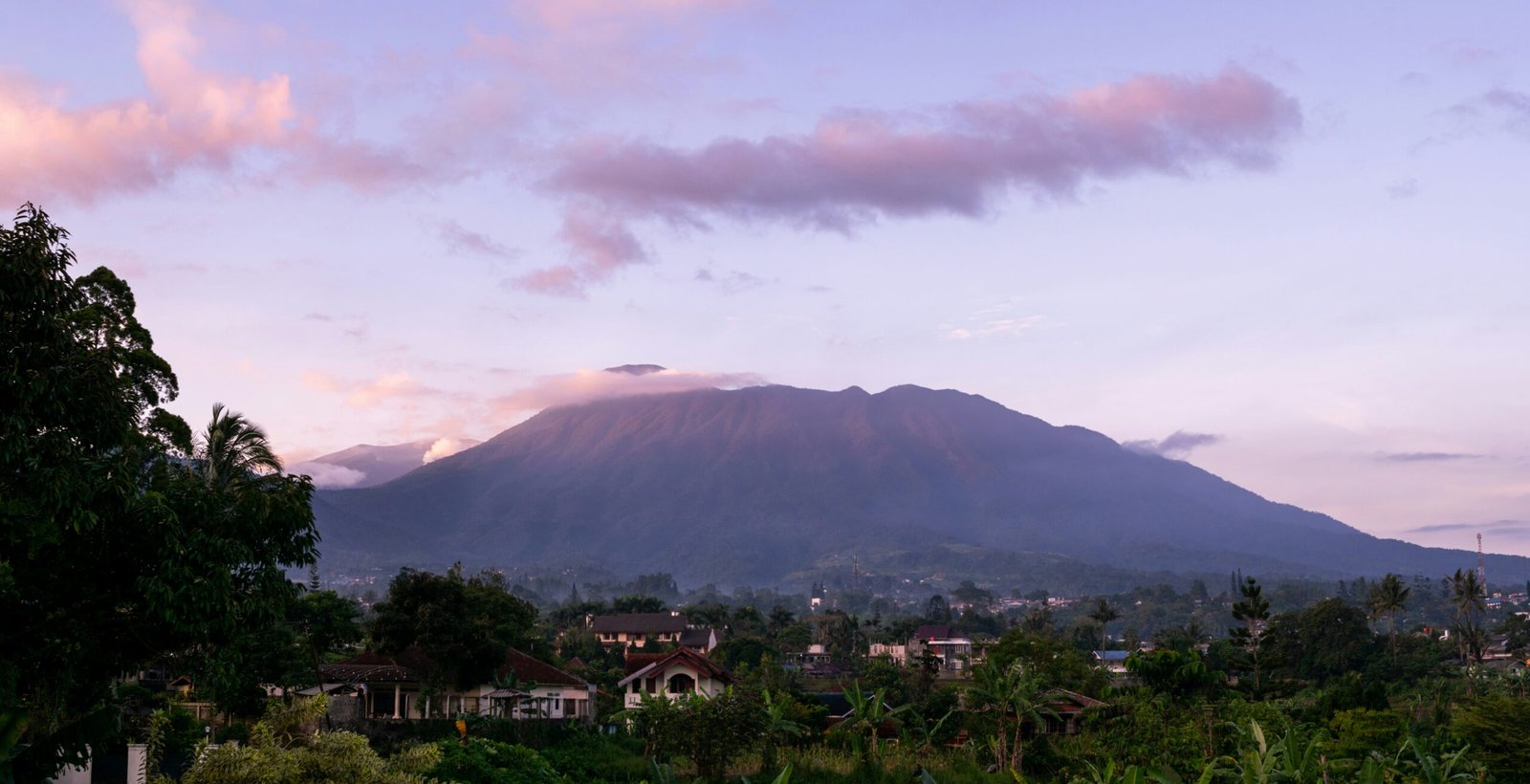
Inclusive Narratives: Rediscovering the History of Indigo
As we delve deeper into the historical significance of indigo in South Carolina, it becomes clear that the narrative must be inclusive of all contributions. The stories of enslaved Africans who played a crucial role in the indigo industry have often been overlooked or marginalized. By revisiting this history with a more inclusive lens, we honor the resilience and creativity of those who have been historically silenced. The revival of indigo serves as a platform to amplify these voices and acknowledge the diverse heritage of the Lowcountry.
Global Traditions: Indigo as a Symbol of Ancestry
Indigo has a long and storied history globally, with deep cultural significance in various traditions around the world. In many cultures, indigo is used as a symbol of ancestry and connection to the past. By cultivating indigo and incorporating it into our lives, we pay homage to our ancestors and the generations that have come before us. This ancient dye not only adds beauty to our surroundings but also carries with it the weight of centuries of history and tradition.
Conclusion
The resurgence of indigo in South Carolina’s Lowcountry is more than just a trend; it’s a celebration of history, culture, and creative expression. By embracing the revival of indigo, we honor the past while paving the way for a more sustainable and inclusive future. Join the movement and discover the beauty and richness of indigo dyeing in the Lowcountry today.

